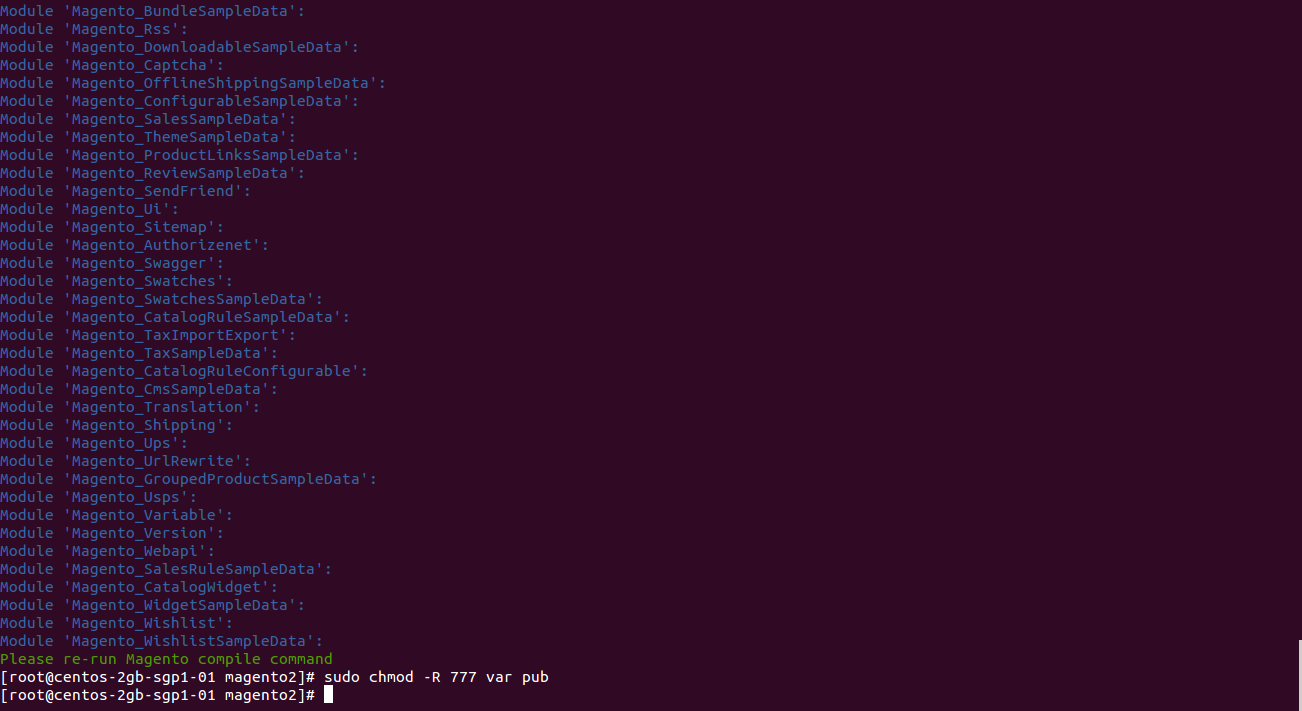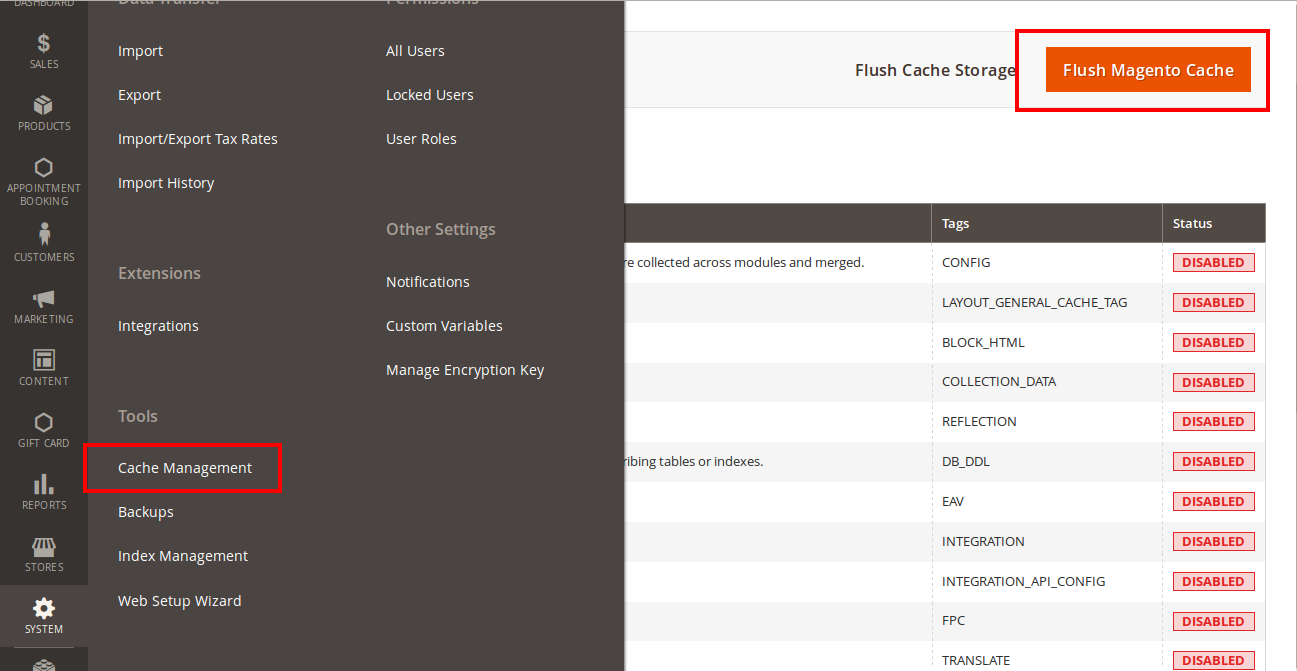...
In the above example we switched the local site to the module extension directory, and the remote site to the code directory. Now on the remote site window, inside app/code directory, create a folder named Magenest and go inside it. Now on your local site window, right click on Wrapper extension and click Upload. The extension will be uploaded onto your host in a few minutes.
The second method will require you to compress the extension into .zip or .tar.gz format, then execute the following command in your Command Line/Terminal:
scp <path to your extension> <ssh server>:<path to Magenest directory>Then Now, using your Command line/Terminal, log into your ssh server, go to Magenest directory and execute the following command to decompress the module:
unzip <.zip compressed extension> Or
tar -xzvf <.tar.gz compressed extension> Now go to your Magento root directorywhere your Magento is installed, say it's named named magento2, and execute the following commands:
sudo chmod -R 777755 .
php bin/magento setup:upgrade php bin/magento setup:static-content:deploy sudo chmod -R 777 var pub
After running all these, your Command line/Terminal window might look like this:
Afterwards
Finally, go to your backend site, go to System > Cache Management and flush all caches
Last but not least, execute the below command to deploy static content (javascript, css) in the module:
you need to flush the cache by either type this into the Command Line/Terminal:
phpsudo bin/magento setup:static-content:deploycache:flush
Or go to System > Cache Management and click Flush Magento Cache
The above are the minimum required commands needed. Depends on the module, we will further instruct you for more commands. Now you can go to your store and check if the extension is working as expected.
...
Configuration
Add new wrapper
...

